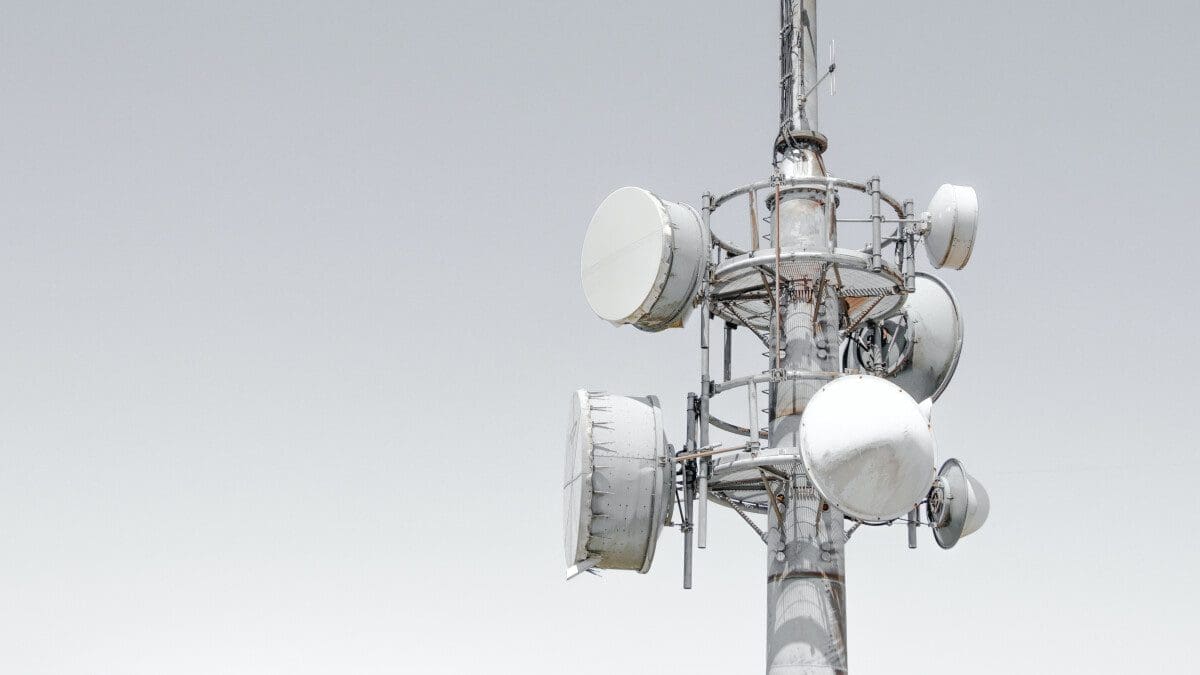The Transition from 2G to 4G/5G – What You Need to Know
As we approach April 2, 2024, the date when T-Mobile will shut down its 2G mobile network, many users may be wondering how this will affect them and what steps they need to take. In this article, we will provide you with all the information you need to understand the transition and ensure a smooth experience.
What is 2G?
Mobile network generations are denoted by a number followed by the letter “G”. 2G, the second generation, was introduced in 1991 as the first digital telecommunication standard. It brought mobile data capabilities, enabling SMS messages and encrypted phone calls.
Why are 2G networks shutting down?
The shutdown of 2G networks by carriers is driven by several factors. Firstly, maintaining separate systems for 2G and newer technologies like 4G and 5G incurs significant costs. Additionally, shutting down 2G networks opens up frequency bands that can be utilized for deploying more advanced antennas. Lastly, newer network technologies are more energy-efficient, resulting in reduced energy costs for carriers.
What will happen to existing 2G devices and how can I prepare?
All existing 2G devices, including mobile phones and IoT devices, will become obsolete in terms of connecting to a mobile network. To ensure uninterrupted communication and network connectivity, it is advisable to upgrade to a newer device. T-Mobile is offering free 5G phones to customers affected by the 2G sunset, or you can choose to invest in a new device yourself. For businesses relying on 2G gadgets, the transition may require more time and resources, so it is recommended to start the process as soon as possible.
How will the shutdown affect IoT devices?
Around 15 billion IoT devices worldwide currently rely on either 2G or 3G networks. Since most carriers have already shut down their 2G and 3G networks, many device owners have already upgraded to 4G and 5G-compatible equipment. If you have an IoT device that only supports 2G or 3G, you may be able to modify it to work with the newer networks. However, if modification is not possible, you will need to purchase a new device that supports 4G or 5G. Additionally, check if your M2M SIM card supports 4G, as older devices may not have come with one.
Will there be any cost implications for upgrading?
To upgrade from a 2G device, you will need to purchase a new phone. Contact your carrier to inquire about free upgrade options or discounts on purchases and plans. The Affordable Connectivity Program (ACP) also offers financial assistance for eligible households, providing up to $30 per month towards internet service. Visit the ACP website for more details and potential benefits.
What are the benefits of newer network technologies?
Upgrading from 2G to 4G or 5G brings several benefits. You will experience a more reliable network with wider coverage compared to 2G or 3G. Newer networks also offer higher data speeds, improved call quality, and the ability to stream video and audio content. Additionally, most tech products nowadays rely on 4G or 5G connectivity, allowing your new device to seamlessly connect with the Internet of Things (IoT) world.
Impact on emergency services and older adults
For those who prefer older, display-only mobile devices, there are 4G phones available that retain the traditional design. This ensures a smoother transition without compromising the familiarity and functionality older generations may rely on.
As the 2G sunset approaches, it is crucial to take the necessary steps to upgrade your devices and ensure continued connectivity. Contact your carrier, explore available options, and stay informed about any assistance programs that can alleviate the financial burden.









